In electromagnetics, E and H is in phase in a transmission line wih a lossless medium.
So V and I is in phase.
But in power transmission line, usually I is lagging with V.
Since we mainly use inductive loads, although we are using various kinds of reactive power compensation devices, the current lags behind the voltage by the phase difference in the power transmission line.
Then, E and H must be out of phase.
Then, intrinsic constant of E and H ??
How should I understand ??

